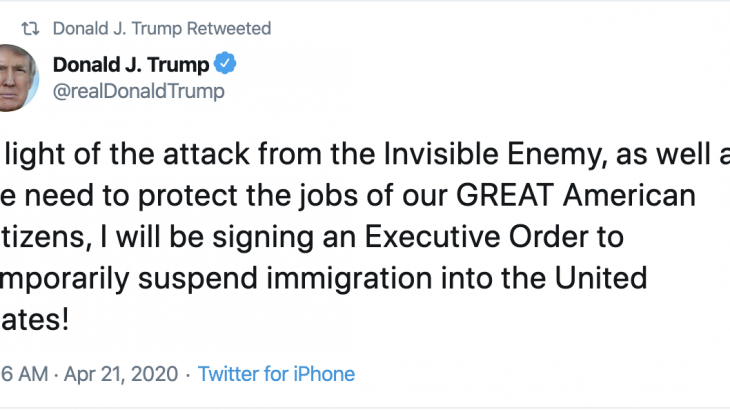A franchise investment in the United States can qualify a foreign national for an L1 or even an E2 work visa. One of the driving factors to invest in a franchise is that it is tried and tested and affords some level of predictability. A foreign national/franchisee can leverage the franchisor’s business network, resources and technical know- how and potentially, mitigate risk.
For foreign entrepreneurs/business owners seeking to start a business in the U.S. intended to support their L1 visa (and possibly EB-1C green card), a franchise can be a viable option.
For an L1 visa, establishing the requisite “qualifying relationship” between the foreign national’s business abroad and the new U.S. petitioning entity is imperative. And thus, carefully structuring the new U.S. entity in the franchise context is critical not only to meet this criterion, but also to ensure that the new entity will have necessary personnel to support an L1 “executive” position in the U.S. Of equal importance is ensuring that the business structure affords corporate liability protection and likelihood of growth and success.
There is no prescribed minimum regarding the investment or number of franchise businesses that own must own. It’s important to demonstrate potential for scale and a reasonably robust organizational structure that will support the foreign entrepreneur’s executive role as an L1 and down the road, an EB-1C applicant. A well-articulated business plan with realistic milestones and projections is key, particularly at the time of the new office L-1 extension.
D&A attorneys have been assisting foreign entrepreneurs in obtaining L1 and E2 visas through the franchise business option. Our corporate advisors can assist business owners navigate corporate liability implications in the United States and thereby help minimize risk.
This article has been written by Zeenat Phophalia, Esq. Of Counsel, Davies & Associates, India Office.
Zeenat Phophalia is qualified to practice law in New York, United Kingdom and India. She practices in the area of U.S. immigration law with a focus on business immigration, and has represented corporate clients including large and medium sized companies and startups across sectors such as IT, consulting, consumer goods, manufacturing and telecommunications.
Looking for an US immigration lawyer? Request free consultation at Davies & Associates or find our closest location around the world.































